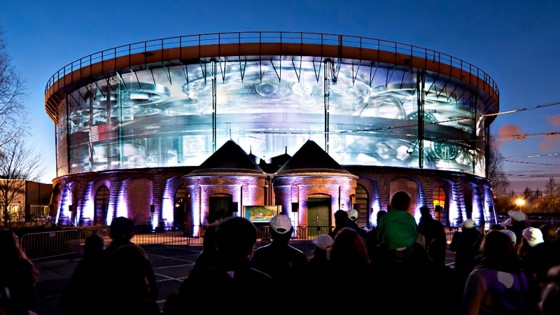
Once the soil was decontaminated, the regeneration process started.The first step was the restoration of the buildings, which was committed to the project developer MAB, the company of Ton Meijer and Maya Meijer-Bergman, who later became owners of the terrain and all its buildings.
At the same time, the factory terrain was extended to its surroundings with a large park: the Westerpark, designed by the landscape architect Kathryn Gustafson.

Was originally conceived for temporary cultural events like theater festivals, art fairs, and fashion shows. However, it transformed into a lasting cultural center and was officially inaugurated in 2003.
The modern Westerpark consist of among other facilities of large fields of grass, trees, tennis courts, a korfball field, a petting zoo, school gardens and a kiddy pool. On the main field, there are regularly large festivals being held.
G. Richards, a c. di, Cultural Attractions and European Tourism, 1a ed. (UK: CABI Publishing, 2001), https://doi.org/10.1079/9780851994406.0000.